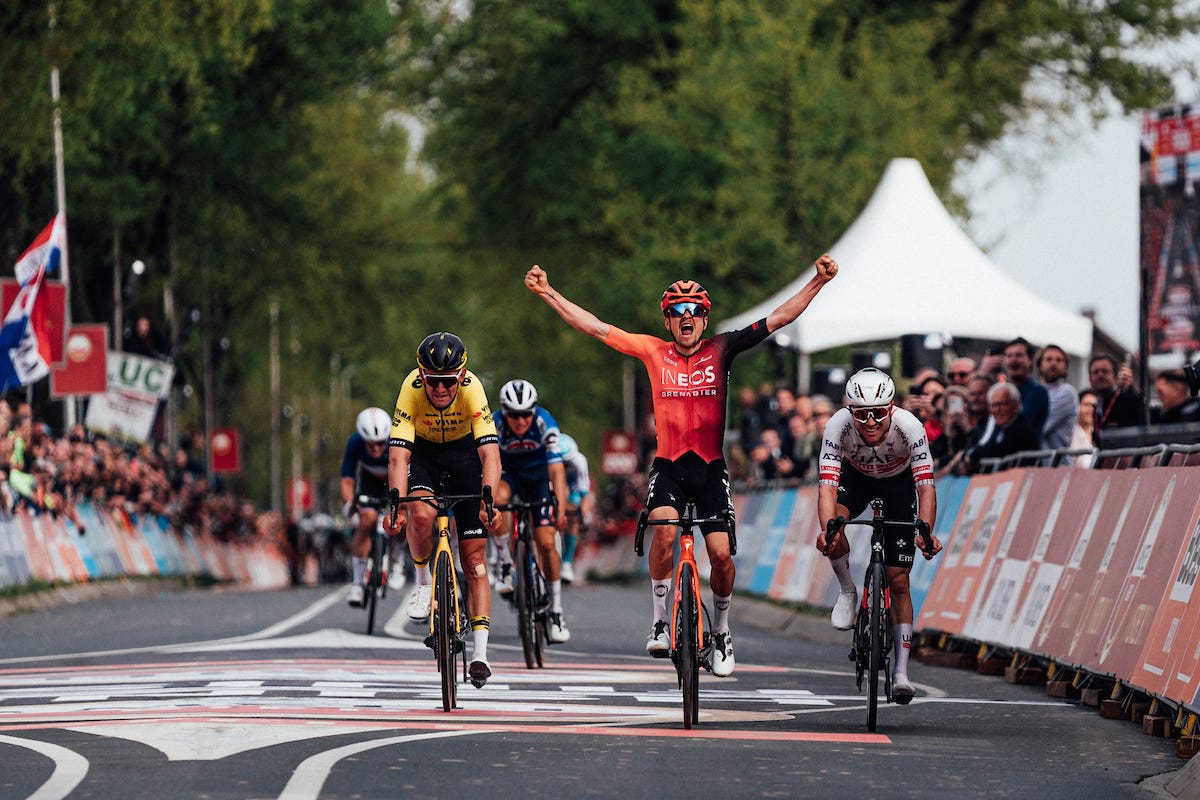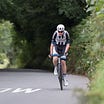Amstel Gold Race 2025 Race Preview 🇳🇱 🚴♂️
A preview for the 59th edition of Amstel Gold Race, as the Ardennes Classics get underway in the Limburg region of the Netherlands
After a thrilling Spring Classics season so far, the peloton heads to the hills of the Dutch Limburg region for Amstel Gold Race this weekend.
This race marks the first of three major races that form the Ardennes Classics, with La Flèche Wallonne and Liège-Bastogne-Liège taking place over the next week and a half.
Having won Amstel Gold Race in 2023, Tadej Pogačar looks to be in top one-day racing form going into the upcoming triple-header after a dominant win at the Tour of Flanders, as well as podiums at both Milan-San Remo and Paris-Roubaix. With these races arguably even more suited to the Slovenian, his presence makes for an even more worrying prospect for those hoping to contest the victory.
Chief among those will be last year’s winner Tom Pidcock, who skipped most of the cobbled Classics to focus solely on these three races. He showed in Strade Bianche that he could follow Pogačar in his initial attacks, but lacked the capacity to stay with the world champion when he launched his decisive move in the finale.
Read more: 10 major Ardennes narratives to follow 🍺🏹 👵
The only other former winner on the start list is Wout van Aert, who won in controversial circumstances ahead of Pidcock in 2021. With back-to-back fourth-place finishes at Flanders and Roubaix over the last couple of weeks, the Belgian rider is in good form to take another strong result this weekend. He leads a Visma-Lease a Bike squad that also includes Ben Tulett and two-time third-place finisher Tiesj Benoot.
After a series of strong results at the beginning of the year, last year’s runner-up Marc Hirschi arrives at Amstel Gold Race as somewhat of an unknown quantity for Tudor Pro Cycling, in a line-up that also includes Julian Alaphilippe and Matteo Trentin, who have both previously finished in the top-10. Meanwhile, 2023 runner-up Ben Healy looks in good form ahead of the race, as he leads EF Education-EasyPost alongside Dwars door Vlaanderen winner Neilson Powless.
With all of these contenders set to animate the race, let’s take a closer look at the course they will be tackling this Sunday.
The Route 📍
Before the emergence of Strade Bianche as a prestigious one-day race, Amstel Gold Race was the closest thing cycling had to a ‘sixth Monument’, as at 256km in length, it is comparable in distance to races such as Liège-Bastogne-Liège and Il Lombardia.
The race also features constant undulation with very little in the way of flat roads, as all of the climbs follow each other in quick succession, making it a test for any rider who participates.
The most notable climbs on the course include the Kruisberg, Bemelerberg and the iconic Cauberg, which returns to the finale of the men’s race for the first time since 2013. Probably most famous for being the place where Philippe Gilbert launched his race-winning move in the 2012 World Championships road race, the climb itself is short at only 800m in length, but its steep gradients and close proximity to the finish have seen it decide many editions of this race in the past.
Before they reach those decisive climbs, the riders will begin the day in the historic city of Maastricht, which has hosted the race start since 1998. After about 50km of racing, the riders will join the first of the circuits around the finish in Valkenburg, before winding their way around the southern tip of the Netherlands with a brief trip into Belgium.
The race of attrition will begin here, with the riders tackling 21 categorised climbs before the first passage through the finish line with around 83km to go. This will give them their first look at the Cauberg, which they will take on two more times during the race, with the last ascent coming just before the finish.
The next loop takes the riders on another excursion close to the border with Belgium, but they do not cross over on this occasion. This section of the race will see the riders tackle a further ten categorised climbs including the Bemelerberg, Kruisberg and Keutenberg, before passing through the finish line again after another ascent of the Cauberg.
The riders will take the bell as they pass through the finish with around 20km to go, with three challenges then awaiting them on the final circuit, as they take on the second ascents of the Geulhemmerberg and the Bemelerberg, before the third and final ascent of the Cauberg with 2.5km to go.
Over the top of the final climb and under the flamme rouge, a long straight road will stand between the riders and the finish, with this 700m-long stretch often being decisive in the outcome of the race, with memories will instantly harking back to Mathieu van der Poel’s incredible comeback to win in 2019.
In addition to Van der Poel, many of the greats of cycling have also won this race since the inaugural edition in 1966, including Eddy Merckx, Bernard Hinault, Jan Raas, Joop Zoetemelk, Johan Museeuw and Philippe Gilbert. But who will add their name to that list at this year’s race?






